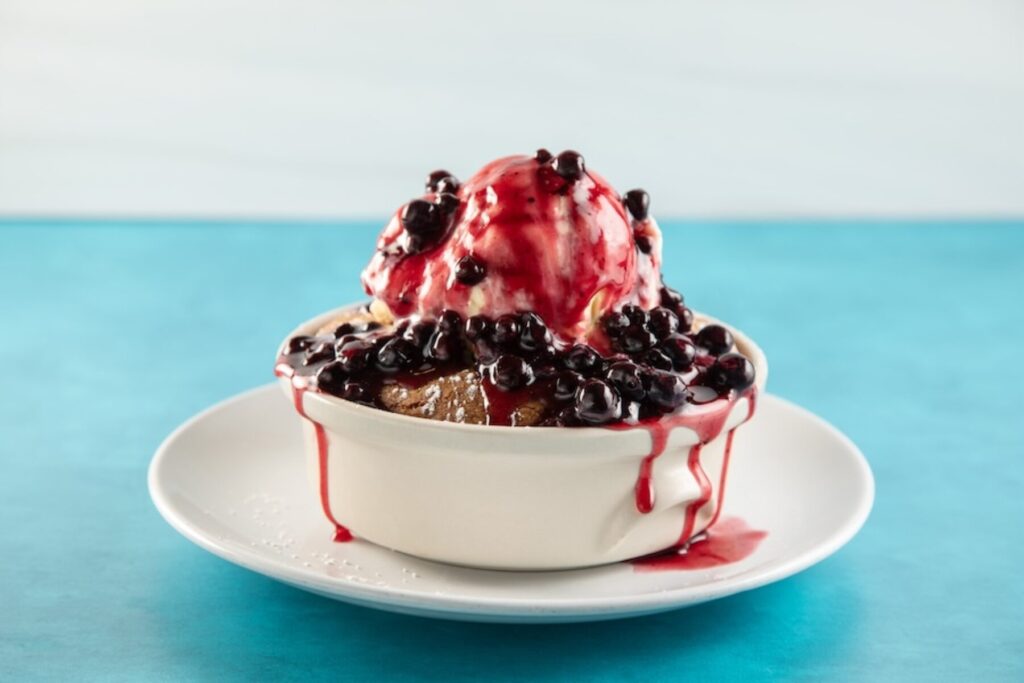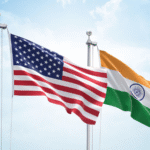As the journeys 3,700 miles across the country, it serves as a singular connector for the diversity of cultures, history and traditions found in every community it touches. Those differences are perhaps most tangibly experienced through food—something so universal yet so significantly shaped by where we are and who we’re surrounded by. Here, we share just a taste of the unique foods you’ll find along this palatable pathway between Washington, D.C., and Washington State. Bring your culinary curiosity and let’s dig in!
This article was originally published in the Spring/Summer 2025 issue of magazine and has been reposted here in an extended format to read more articles about remarkable trails while also supporting our work.
Maryland
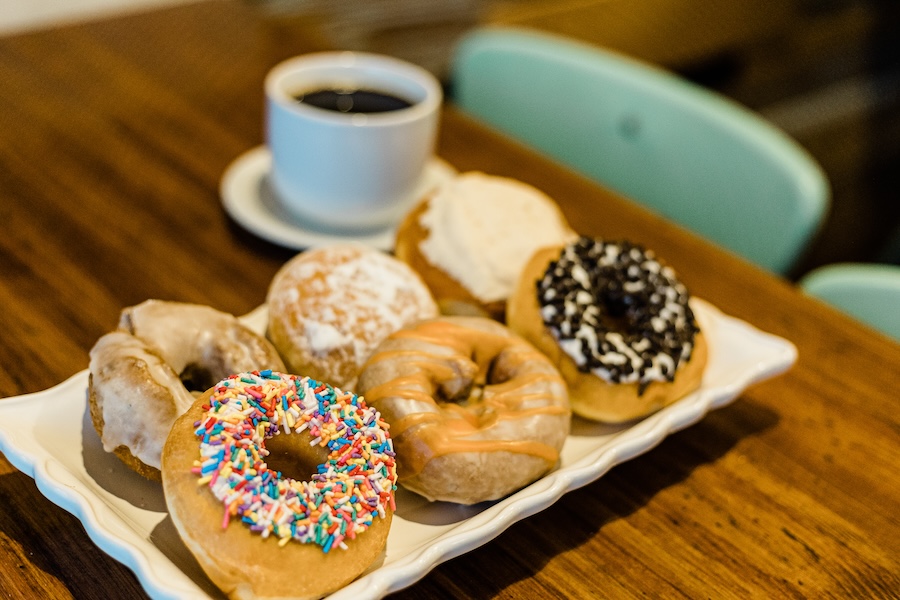
Tucked into “The Mountain Side of Maryland,” Cumberland is not only where two iconic trails meet—the C&O Canal Towpath and Great Allegheny Passage—but also a great grub hub. One of the city’s oldest establishments, Caporale’s Bakery, has been in business for more than a century and once delivered their baked goods by horse-drawn carriage. Located just blocks from the trail juncture, be sure to stop in to try a pepperoni roll, a favored lunch of Appalachian coal miners dating back to the early 1900s. The bakery is also one of nine stops in Allegany County’s “Donut + Coffee Trail” that can fuel your explorations.
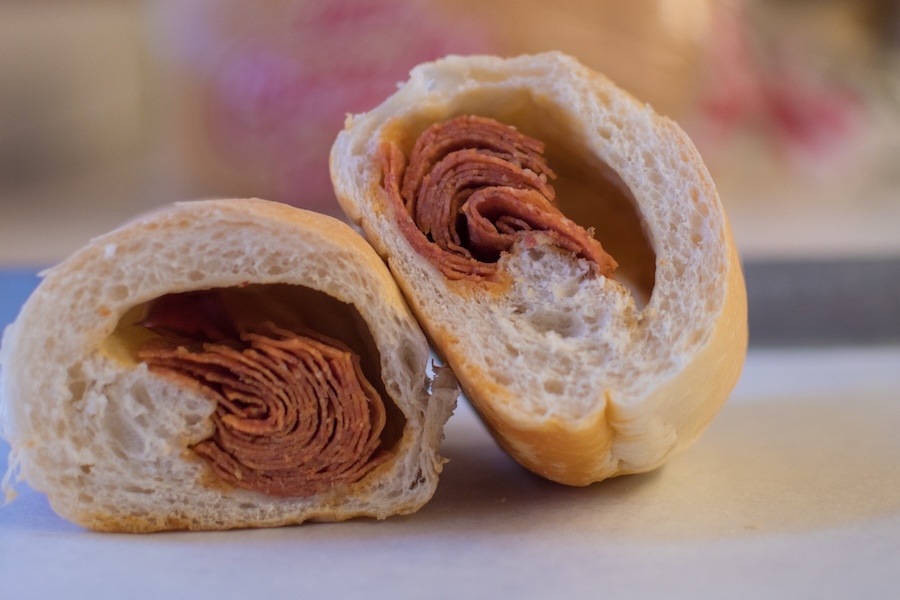
Pennsylvania
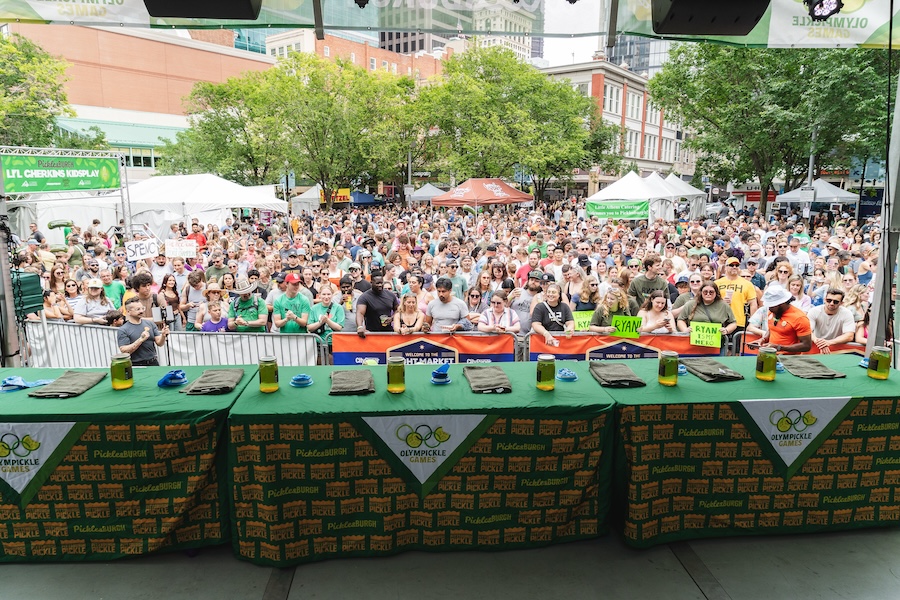
Cutting across the southwest corner of the Keystone State, the Great American route enters Pittsburgh, which has become every July for the past decade. Dill-icious delights (including pickle-flavored ice cream, fudge and beer) are available throughout the downtown area during the three-day festival, which includes live music and family-friendly activities, plus a pickle-juice-drinking competition as its headline event.
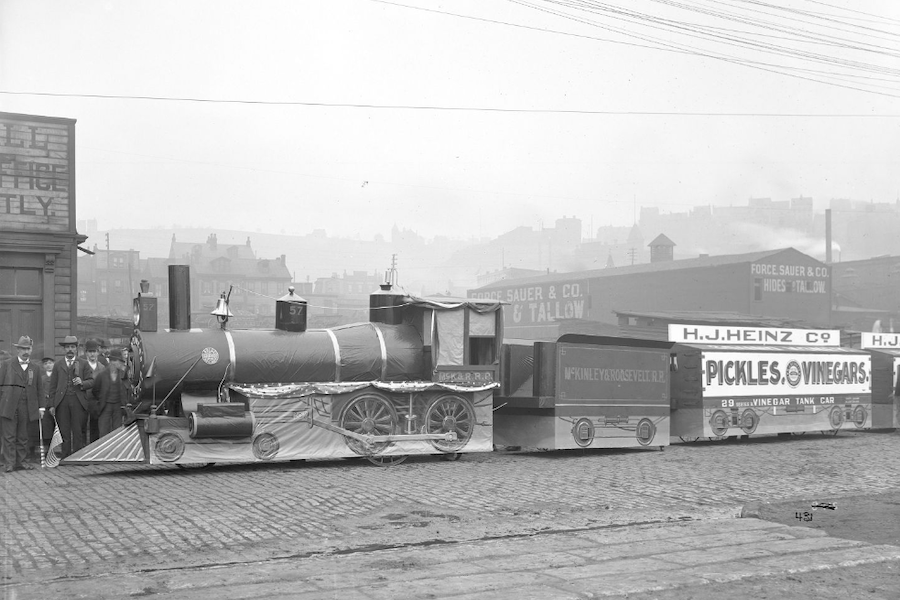
West Virginia
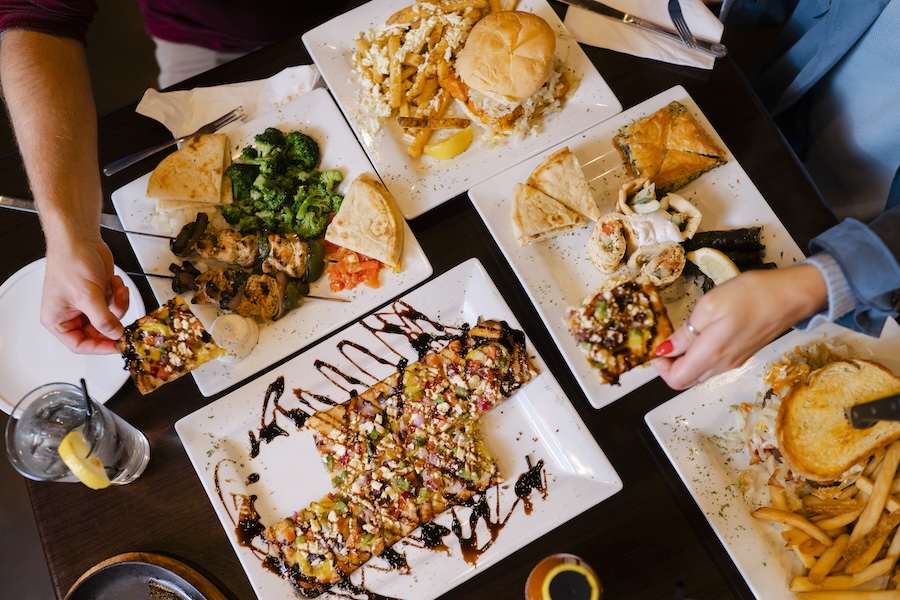
Leaving Pennsylvania, the Great American crosses the Northern Panhandle of West Virginia and Weirton, named for the Weirton Steel Corporation, founded in 1909 and at one time the largest private employer in the state. As the city grew around the steel mill and other industries, many families immigrated to the area for work, especially from Italy, Greece and Serbia. With them came a desire for the foods from back home, and many restaurants sprung up in the community to serve them.
These foods are still celebrated today with annual summer events like the—with specialties like gyros, grape leaves and baklava—and Serb Fest, with foods like haluski (buttery noodles and cabbage) and gibanica (a cheese-filled pastry). And near the check out a family-owned business for 70 years founded by Italian immigrant Mario DiCarlo.

